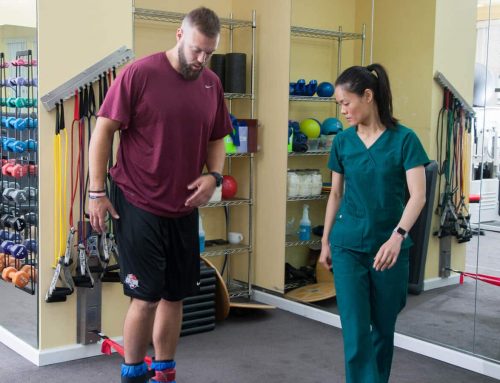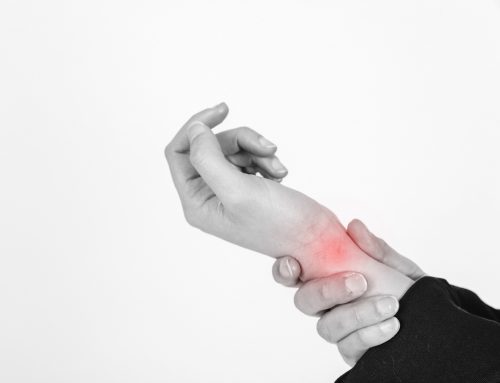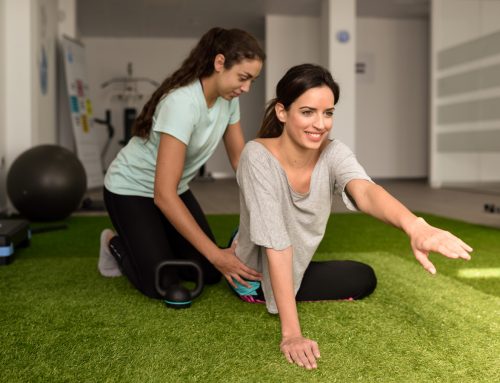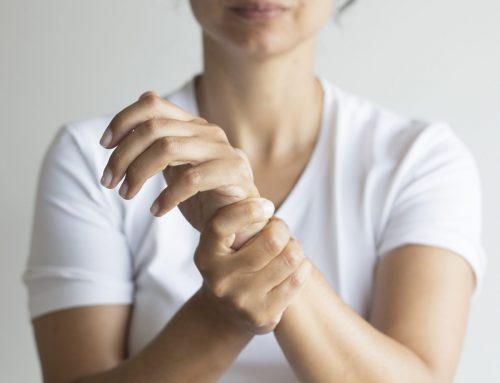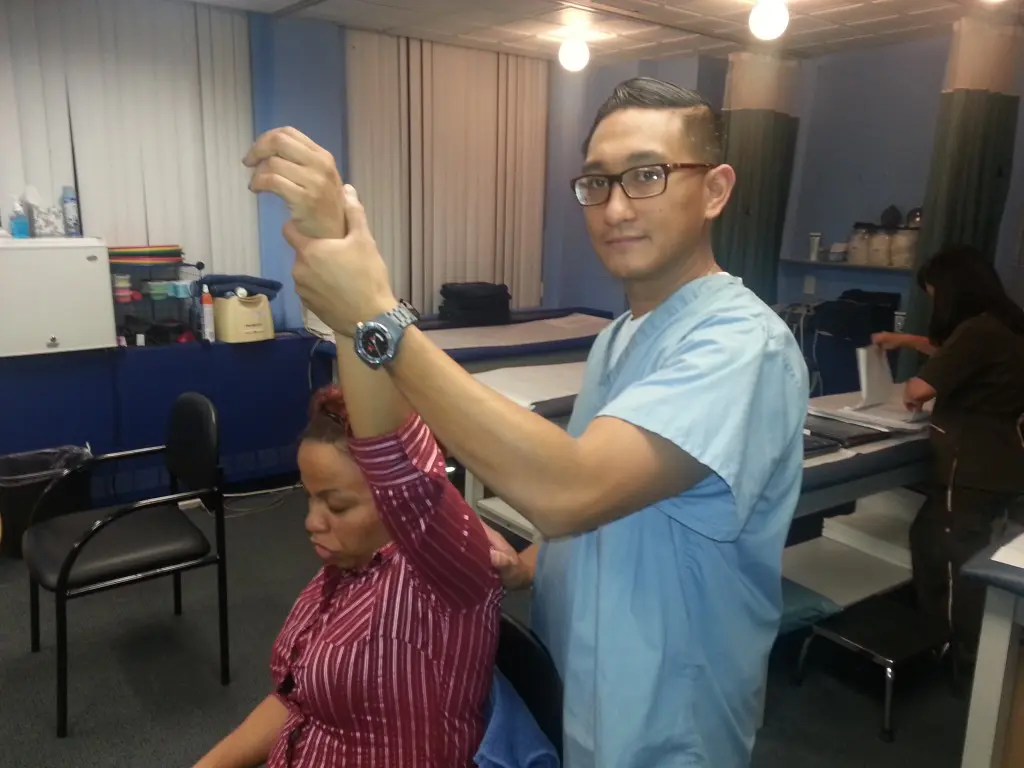
After completing medical school, a physician becomes a physiatrist after completing an accredited four-year residency program in physical medicine and rehabilitation. Many physiatrists also go on to become board certified in the specialty by passing a series of exams.
With this advanced training, physiatrists are expert in examining all aspects of pain – they may determine that there are underlying problems in other parts of your body that are causing your pain. Most important, physiatrists have many treatment methods available to reduce and eliminate your problems and to decrease the possibility of recurrence.
They conduct a thorough exam and collect your medical history to identify the source of your pain, injury or disability, even when standard diagnostic tests don’t find specific problems. In addition, physiatrists direct your treatment team if you need any other services, such as those of a physical therapist or athletic trainer. The result is a customized treatment program tailored for you.
By evaluating the impact of a condition on the whole person – medically, socially, emotionally – physiatrists help patients understand and take control of their health.
The physical medicine and rehabilitation approach emphasizes comprehensive care.
Physiatry is a specialty of medicine recognized since 1947 by the American Board of Medical Specialties.
There are many who underestimate the intrinsic benefits of physical medicine. It is becoming more and more of a necessity and is often used in conjunction with traditional medical treatments to get the best results.
The whole concept of physical medicine is getting more and more recognition. Since its inception it has proven to be quite an effective method of making patients that suffer from physical disabilities function better especially when done in conjunction with rehabilitation. The mantra of the program is the use of exercise and physical training to enable a person to have improved functionality.
As the knowledge about the benefits of physical medicine increases so does the interest in what it is all about. This type of medicine cannot work effectively unless the person being treated is mentally and emotionally ready to get the physical underway. That is the hardest part. Just imagine the difficulty that someone who could walk just a few weeks ago will have when they challenged to try to walk again. It is a very difficult road to travel but the overall benefits are priceless. Best of all there are no side effects. The same applies to a person who had a little mobility and now find themselves trying to get a little so they can have more independence.
There is a set method to getting this done. Essentially it is primarily most beneficial for persons who got injured in accidents. Instead of leaving them to do the recovery on their own they are scheduled to get some form of physical exercises done to ensure their speedy recovery.
There are some persons who may be unable to do what they used to as a result of some debilitating illness like a cerebral attack, a stroke or some spinal injury. What happens in this case is that a preliminary examination is done to determine the mobility that the patient has, if any and then the appropriate physical medicine applied.
The success rate of the new approach is dependent on the patients’ commitment to the regime. It is best if they are able to follow the schedule set for them. It has to be done as prescribed or it will not be as effective. But that applies to all instances of medical care so it is not a new philosophy.
Quite a number of methods are employed in this type of medicine which is usually utilized depending on the conditions that the patient exhibits. Hydrotherapy, soft tissue massage therapy and exercises are just a few of the options available.
Be advised that physical medicine is not to be taken lightly. Only a trained professional should administer any form of therapy.



